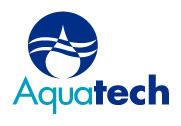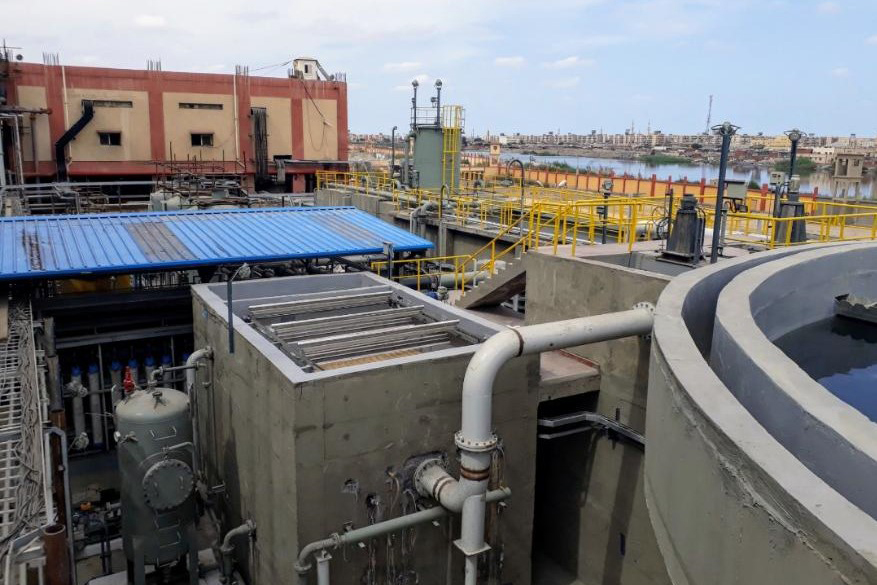Background
TCI Sanmar Chemicals S.A.E., located in Egypt, is one of the biggest producers of chemicals in the MENA (Middle East & North Africa) region. TCI has a state-of-the-art chemical manufacturing facility at Port Said, for manufacturing 200000 TPA of PVC (Polyvinyl Chloride) and 275000 TPA of caustic soda. These are the largest capacities in the MENA region. In Phase 2 of the project, the PVC capacity has been doubled and a new calcium chloride granule plant added.
Egypt being water scarce has local norms that demand minimum discharge of effluent from industrial plants. This requires provision of effluent recycle and reuse facilities for all industries in Egypt.



